Internet of Things (IoT)
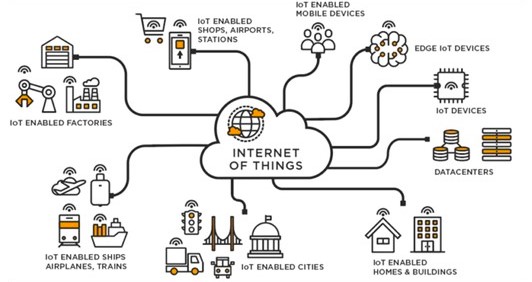
Smart Connectivity, Smarter World
The Internet of Things (IoT) is the interconnected network of physical devices embedded with sensors, software, and other technologies that enable them to exchange data and communicate with other devices and systems over the internet. IoT allows objects to collect and exchange data, rendering them intelligent and capable of interacting autonomously with their surroundings.
Industry 4.0 refers to a new phase in the Industrial Revolution that focuses heavily on interconnectivity, automation, machine learning, and real-time data. Industry 4.0, which encompasses IIoT and smart manufacturing, marries physical production and operations with smart digital technology, machine learning, and big data to create a more holistic and better connected ecosystem for companies that focus on manufacturing and supply chain management. While every company and organization operating today is different, they all face a common challenge—the need for connectedness and access to real-time insights across processes, partners, products, and people.
From Connection to Benefit
In a nutshell, the Internet of Things, or IoT, is a system of “interrelated computing devices, mechanical and digital machines, objects, animals or people that are provided with unique identifiers (UIDs) and the ability to transfer data over a network without requiring human-to-human or human-to-computer interaction.”
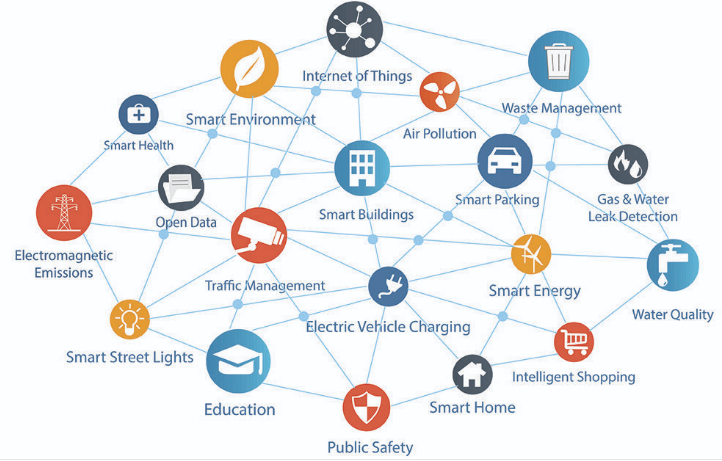
A “Thing” in the Internet of Things could be anything from a person with a heart monitor implant, a car with built-in sensors, or a Bluetooth-enabled device — essentially any natural or man-made object that can be assigned an Internet Protocol (IP) address and is able to transfer data over a network.
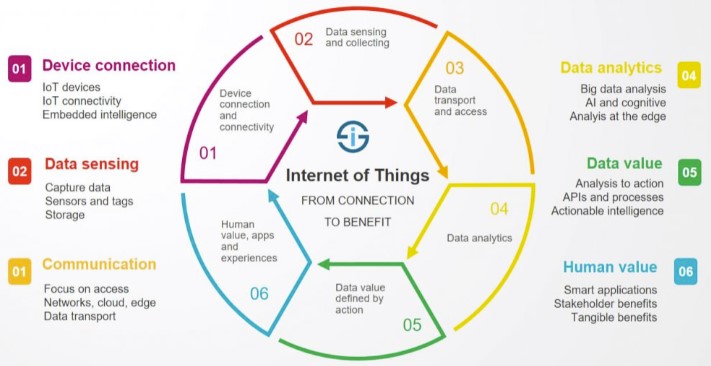
"The Internet of Things will allow our world to increasingly shape itself to our needs and our wants, creating a better experience.
IoT is about connecting stuff so that it just works better. As if by magic, IoT has the power to make our lives safer, more connected, more productive, and just better in general."
The industrial IoT market (IIoT) is predicted to reach $1.11 Trillion USD by 2027, as the industry undergoes an IoT revolution. This research, conducted by mobile satellite communications company Inmarsat, found 65% of mining organizations have fully deployed at least one IoT-enabled project at their sites, while 33% of respondents said they are trialing the technology. The research found that 69% of surveyed companies were planning to begin IoT projects within the next two years.
Tailor-Made IoT Server Solutions
Supermicro
IoT SuperServer
SYS-403-12P-FN2T
X13 2.5U Box PC with Intel 3th Gen Intel Xeon Scalable processor and support for 3 PCIe 4.0 x16 (FHFL) slots and 2 10GBase-T LAN
Key Applications: Multi-Access Edge Computing (MEC), Universal Customer Premise Equipment (uCPE). Network Function Virtualization (NFV), Artificial Intelligence (AI) on Edge, Machine Learning (ML), Industrial Automation, Retail, Smart Medical Expert Systems
Single Socket Intel® Xeon-SP (Ice Lake) up to 32 Cores
3x PCIe4.0 x16 slot
2x 10 Gigabit Ethernet Ports
4x 2.5" Internal Drive Bays
4x USB 3.0, 2x USB 2.0
Transforming Industries with IoT
The Internet of Things (IoT) has revolutionized industries by enabling real-time data collection and analytics, leading to improved efficiency, predictive maintenance, and enhanced decision-making processes. Below is a summary of how IoT technology has transformed various industries, highlighting its profound impact on operational efficiency and innovation.
IoT sensors monitor soil moisture, temperature, and crop health, optimizing resource use. This results in more efficient irrigation, fertilization, and increased crop yields, contributing to sustainable farming practices.
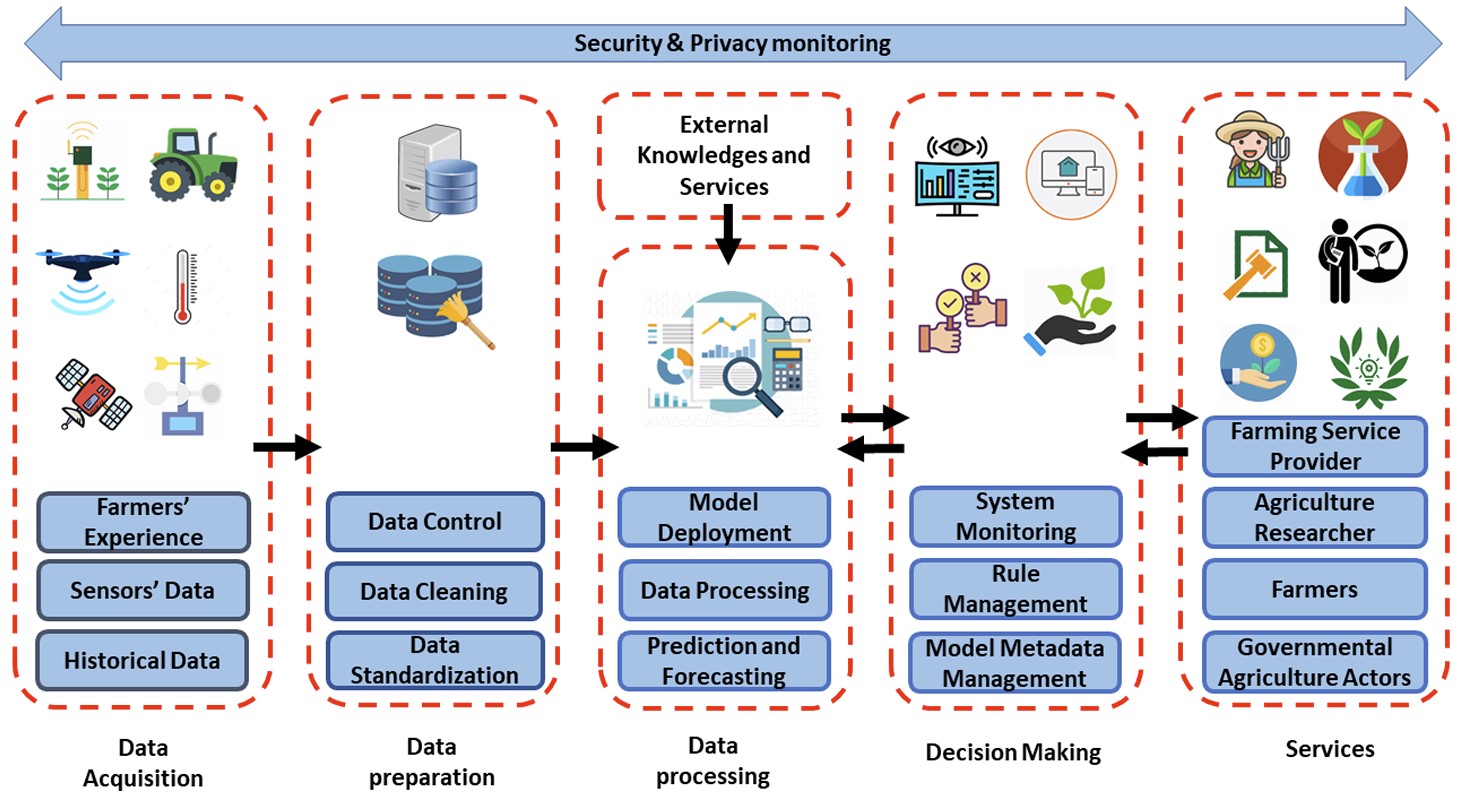
IoT devices offer remote patient monitoring, medication tracking, and emergency assistance, improving patient care and health outcomes. By enabling healthcare providers to monitor patients continuously, IoT enhances treatment accuracy and reduces hospital visits.
IoT facilitates predictive maintenance and real-time monitoring, boosting operational efficiency. It allows manufacturers to predict equipment failures, optimize production processes, and significantly reduce downtime and maintenance costs.
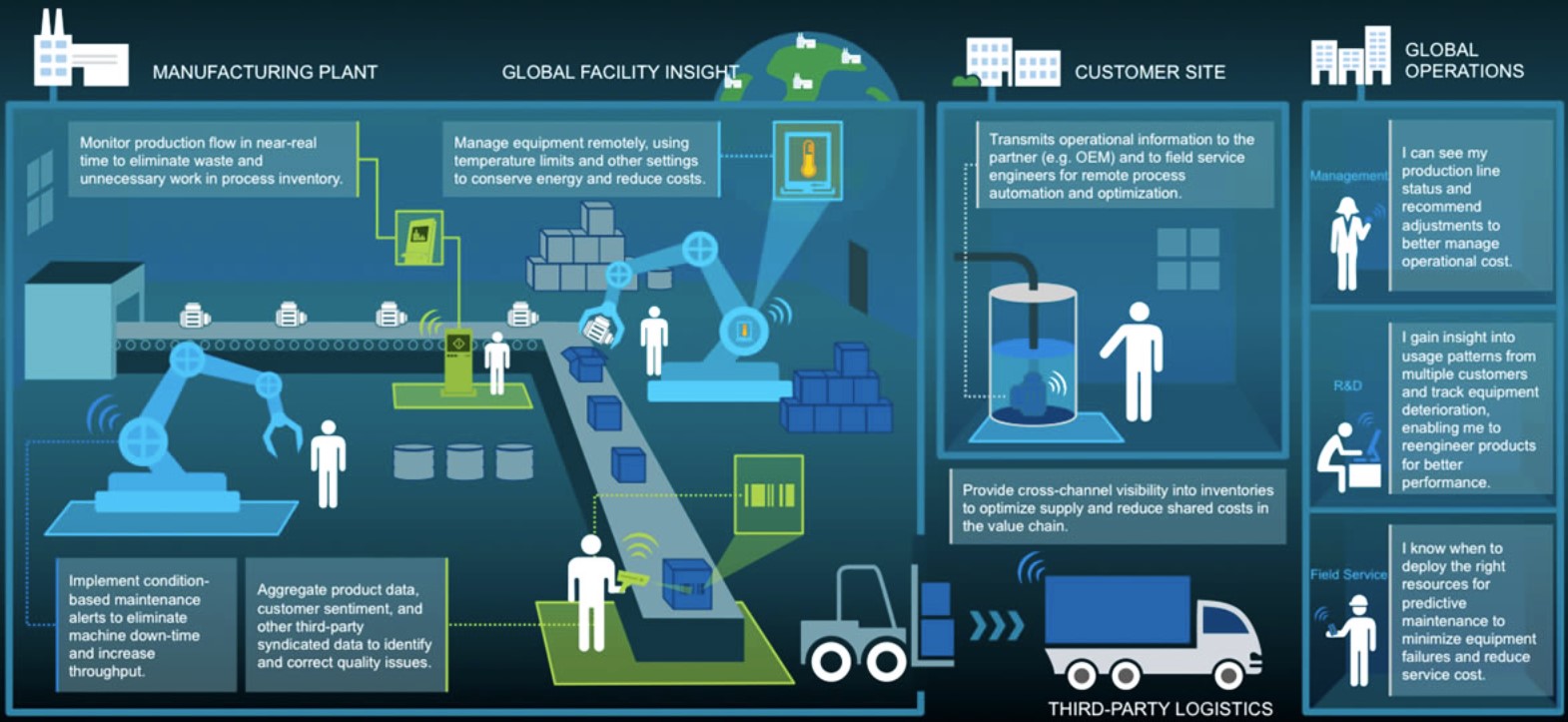
IoT-driven inventory management and customer experience personalization streamline retail operations. Retailers can manage stock levels accurately and enhance the shopping experience through personalized offers and optimized store layouts, increasing sales and customer satisfaction.
IoT improves urban management through intelligent traffic, waste, and energy systems. It enhances citizens' quality of life by reducing congestion, promoting environmental sustainability, and improving public services efficiency.
IoT devices automate and enhance home security, lighting, and energy management for increased convenience and energy savings. Homeowners enjoy improved comfort and reduced energy bills through intelligent automation and remote control of home systems.
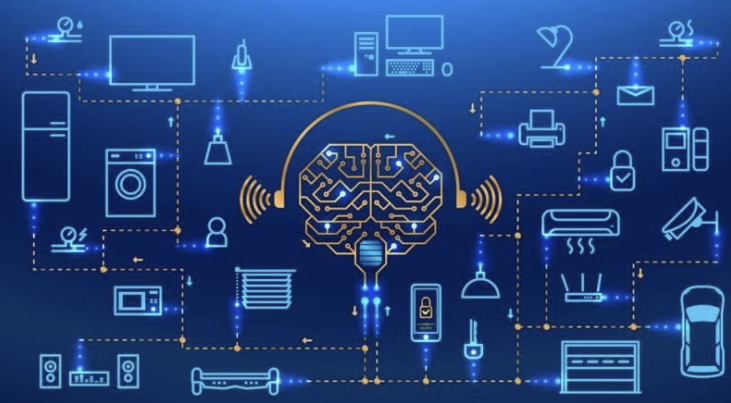
Enhance Your Operations with Our IoT Solutions
Contact ServerDirect to explore how our innovative IoT solutions can transform your business operations. Our cutting-edge technology is designed to improve efficiency, enhance data collection, and enable smarter decision-making, positioning your business for success in the interconnected digital era. Partner with us to lead in your industry with advanced IoT integrations.
The Revolutionary Impact of IoT Benefits
- Enhanced Efficiency: Automates tasks and processes, reducing human intervention and making operations more streamlined and efficient.
- Real-Time Insights: Collects vast amounts of data from interconnected devices and sensors for detailed analysis, offering valuable insights for decision-making.
- Improved Safety and Security: Enhances safety through remote monitoring and advanced security systems, protecting both data and physical assets.
- Cost Savings: Reduces operational costs by optimizing resource use, maintenance, and energy consumption.
- Better Customer Experiences: Enables personalized services and products by understanding customer behaviors and preferences.
- Increased Productivity: Facilitates predictive maintenance and real-time equipment monitoring, minimizing downtime and enhancing productivity.
- Environmental Monitoring: Supports sustainability efforts by monitoring and managing energy consumption, waste, and environmental impact.
- Remote Control and Automation: Allows for the remote management and control of devices and systems, increasing convenience and efficiency.
- Scalability: Adapts to growing business needs by easily integrating additional devices and sensors.
- Innovation Opportunities: Opens new avenues for product and service innovation, transforming industries and creating new business models.
IoT security is the ultimate shield for the modern connected world
As the Internet of Things (IoT) continues to expand, the complexity of securing networks and devices increases. Prioritizing safety is crucial to leverage the benefits of IoT effectively. Hardware solutions, both as creators and users of IoT, must prioritize data privacy and physical safety to prevent vulnerabilities. Without robust security measures, IoT devices can become susceptible to cyberattacks, risking personal data, network integrity, and potentially halting business operations. Therefore, securing endpoints, networks, and the flow of data is critical for a scalable and effective security strategy.
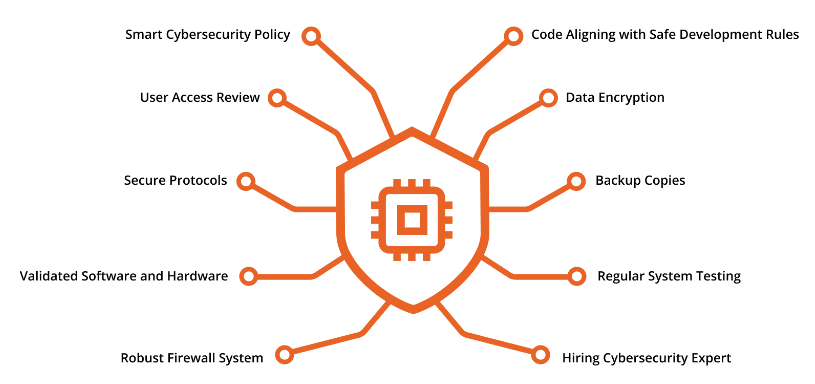
10 Best Practices of Cybersecurity for IT Infrastructure Protection




Schrijf in voor onze Nieuwsbrief
Hebt u vragen of hulp nodig? Wij helpen u graag.

